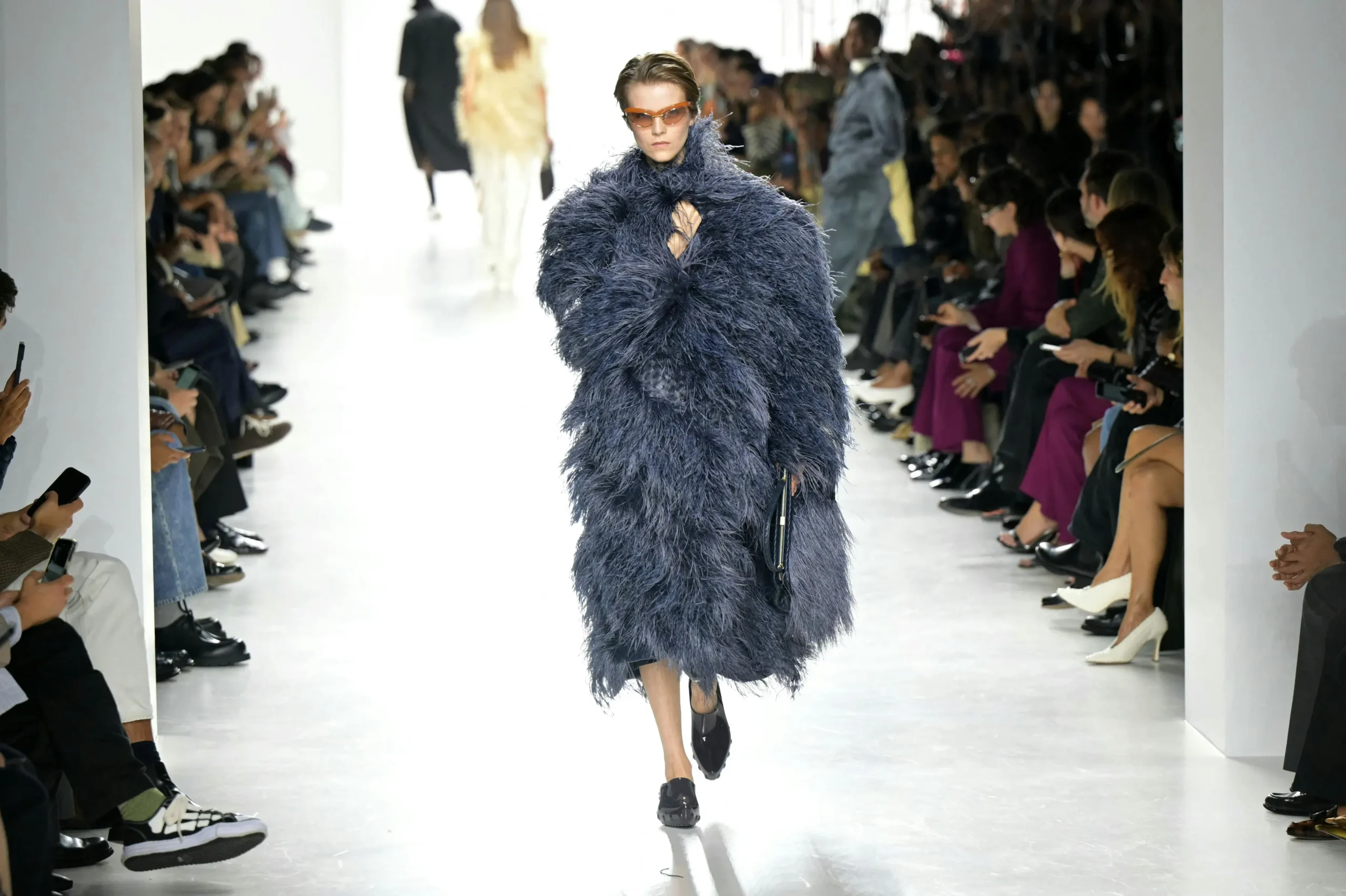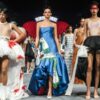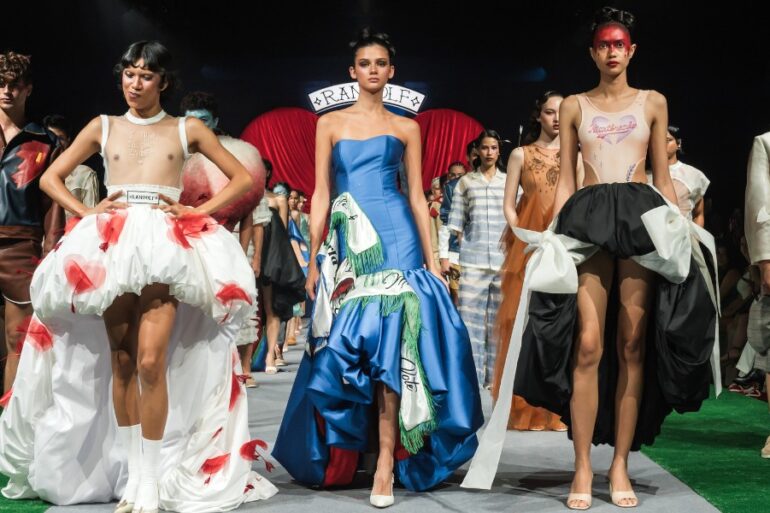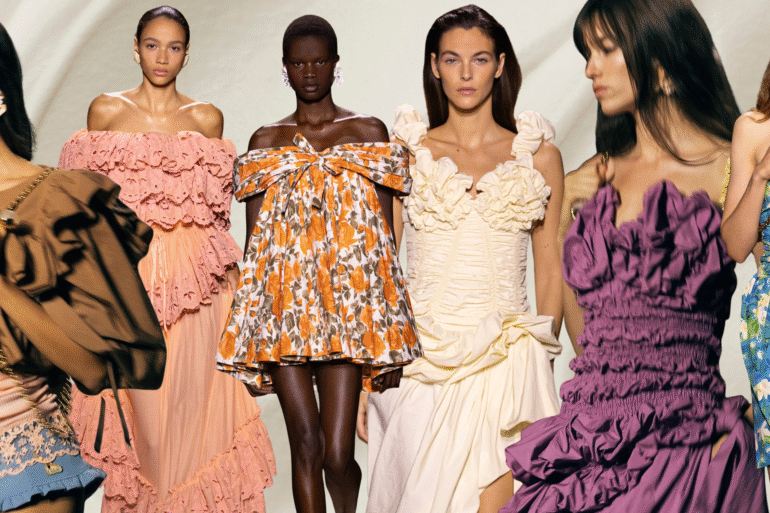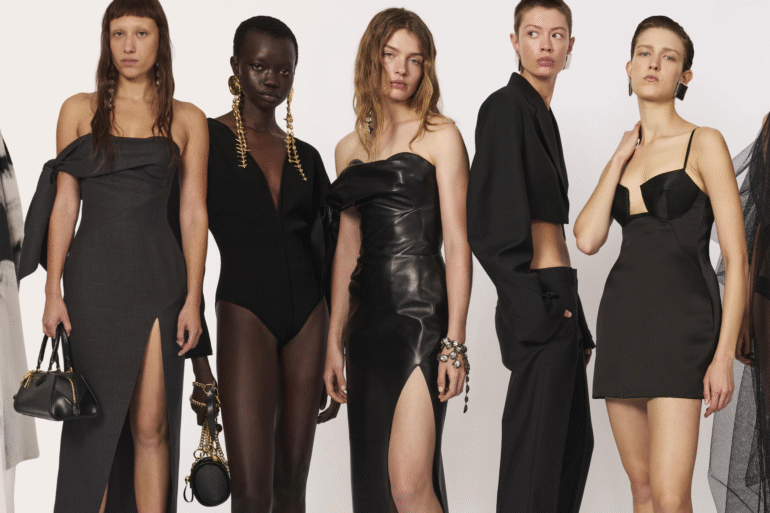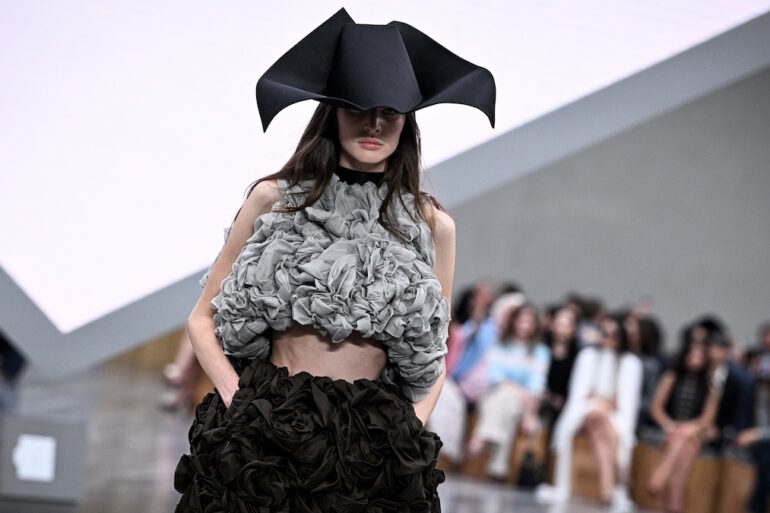Her time in Venice and Veneto, where Bottega’s artisans work, also shaped her process.
Louise Trotter’s first collection for Bottega Veneta was never going to be a quiet entrance. Appointed in late 2024, she became one of only two women to land a major creative director role during fashion’s biggest game of musical chairs. Her Spring/Summer 2026 runway in Milan marked the beginning of a new chapter, not just for the house, but for her too.
“I want people to go places in my clothes,” Trotter said after the show. The collection felt as if it is designed to move on streets, not just on runways.
The show opened in soft, city-toned shades: grey, dusty cream, pale yellow. The first looks were long leather trenches, wide trousers, and big coats. These shapes felt familiar. Daniel Lee had introduced similar oversized coats and sharp tailoring in his Fall 2019 collection. Matthieu Blazy carried that forward in Fall 2022, adding more fluid fabrics, leather, and touches like fringing, which showed up again here.
Related story: Bottega Veneta’s S/S25 collection is Matthieu Blazy’s playful farewell
Related story: Why luxury brands are losing their luster in 2025

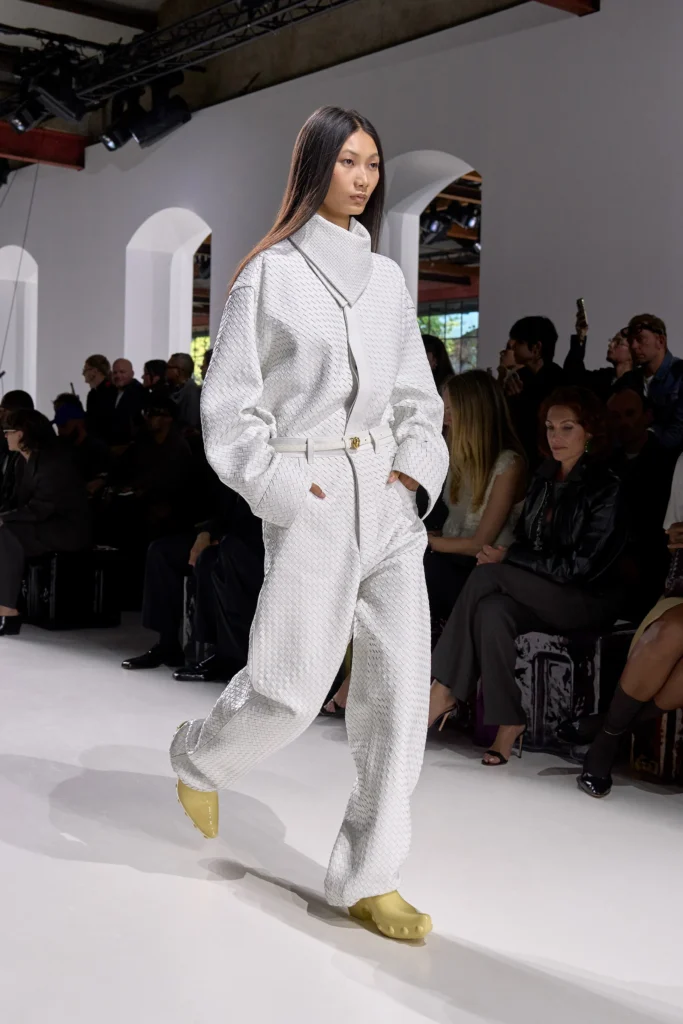
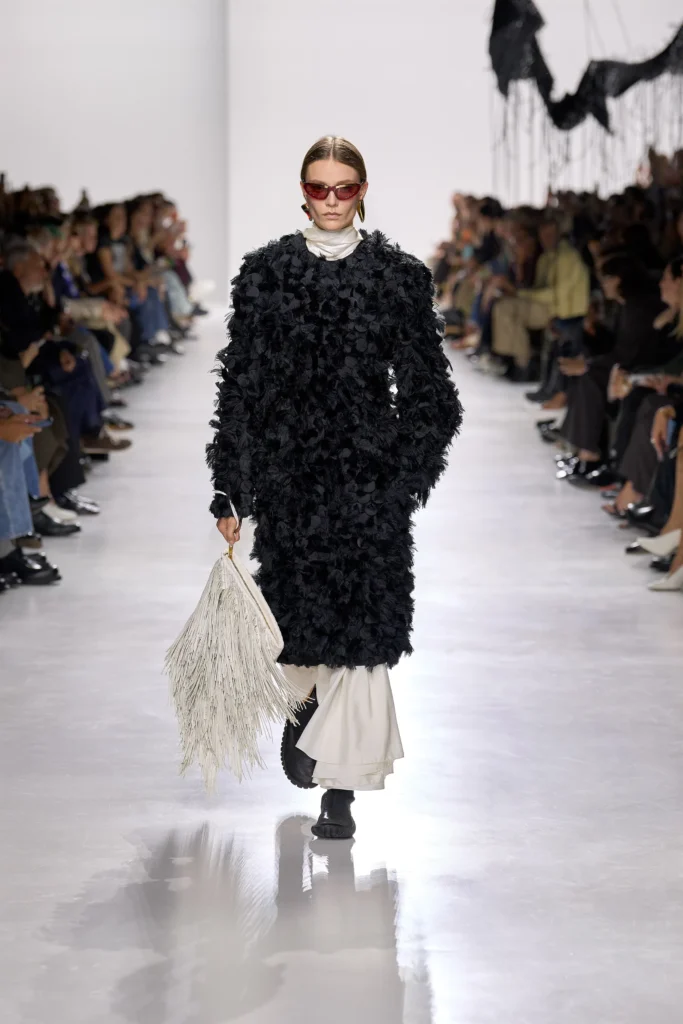
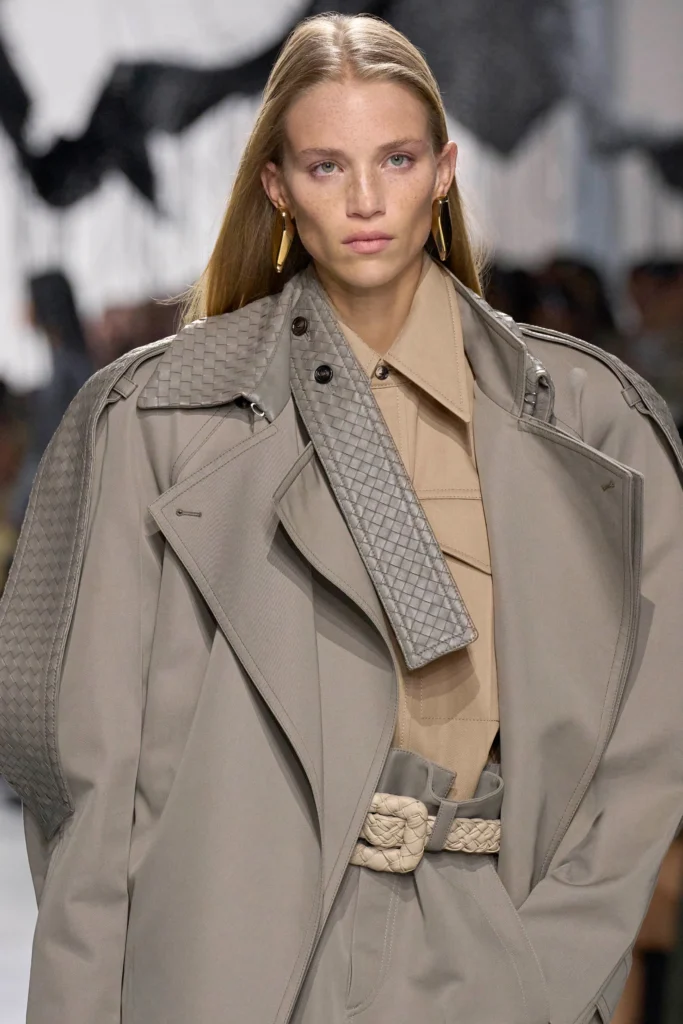
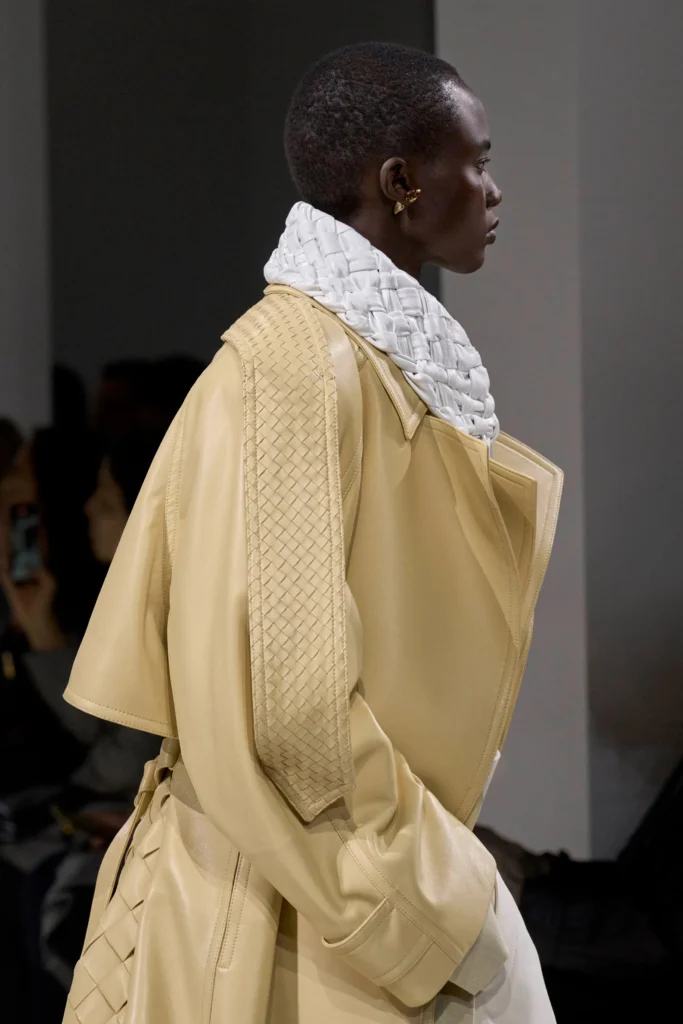
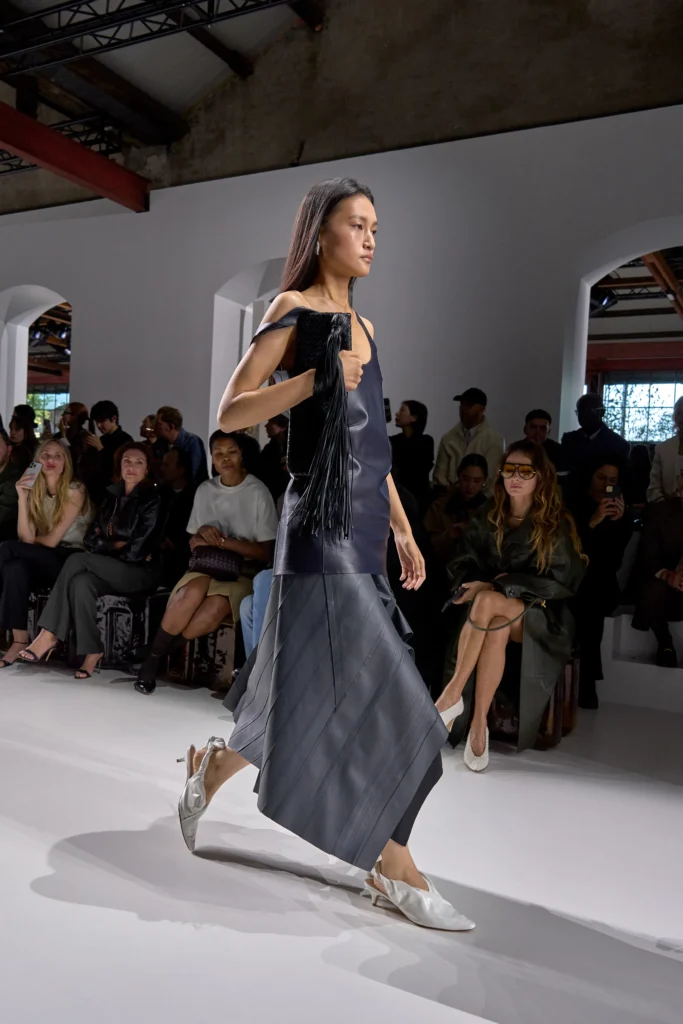
The house’s signature intrecciato weave was also present throughout the collection, albeit in new forms. Trotter shrunk the leather strips down to their original proportions, enhancing their shine. One shimmering coat looked like reptile skin. A woven sweater appeared to weigh as much as a winter coat. A glossy leather T-shirt was built entirely from tight leather weaving. A floor-length cape reportedly took 4,000 hours to make.
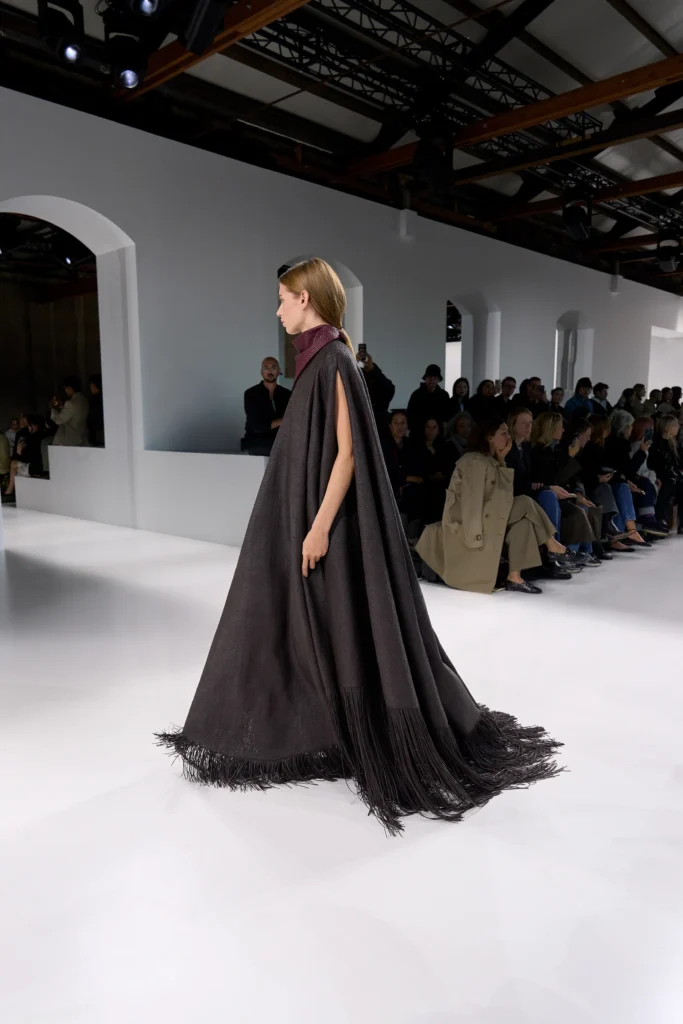
This floor-length intrecciato cape reportedly took 4,000 hours to make
“What I really discovered and what I think is so unique about Bottega Veneta is the craft, and the willingness and want to continue to push and continue to innovate,” she said in an interview. “It’s the first time I’ve ever worked in an environment that is so connected between creativity and development and realization.”
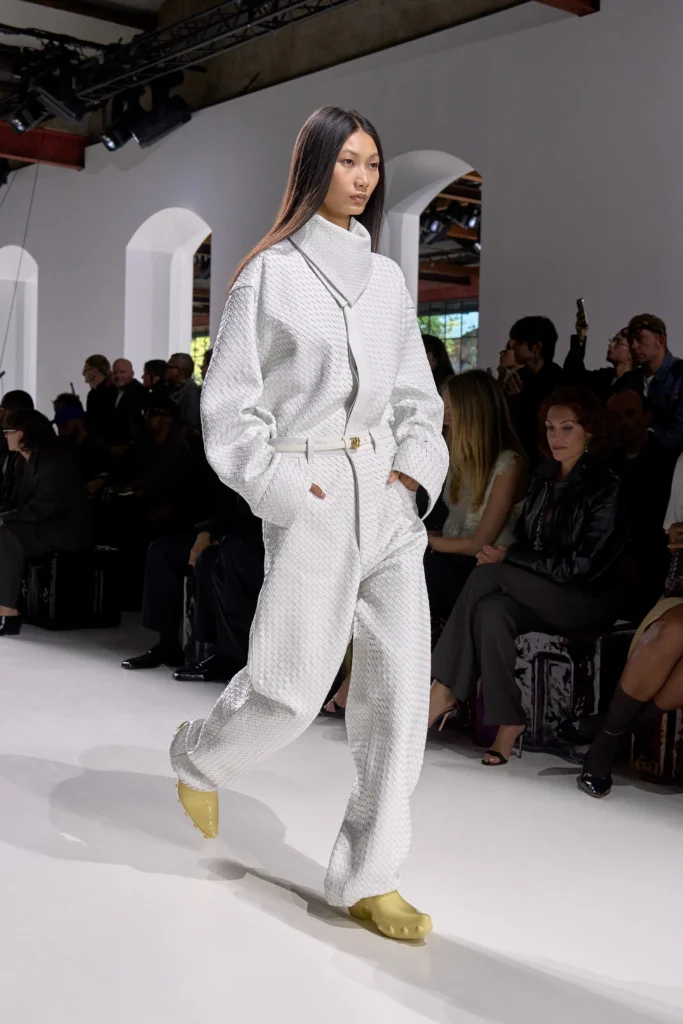
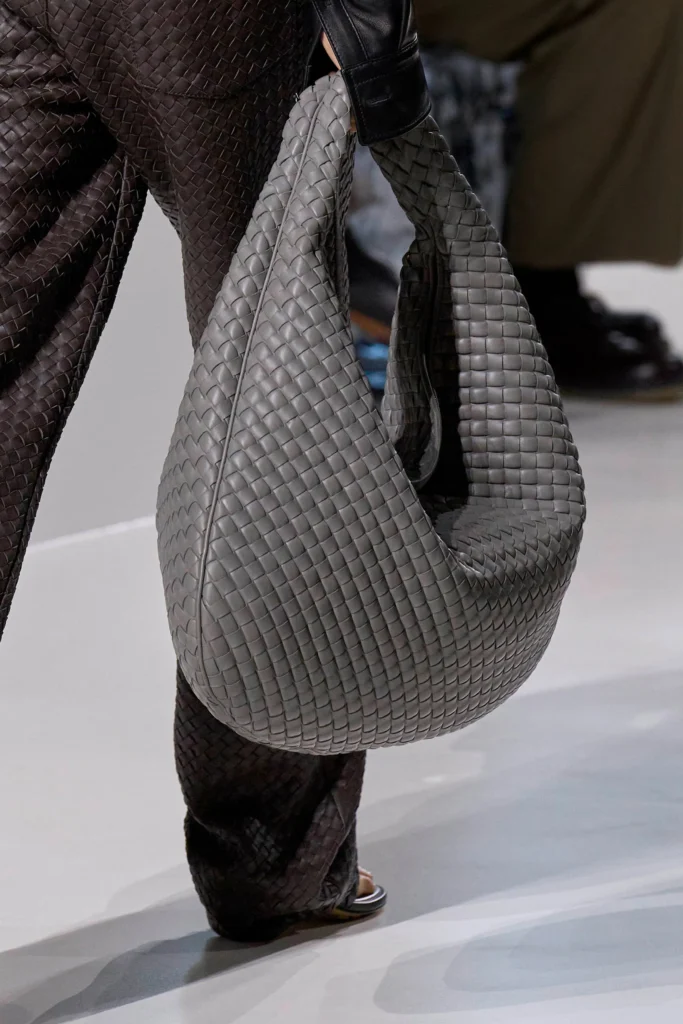


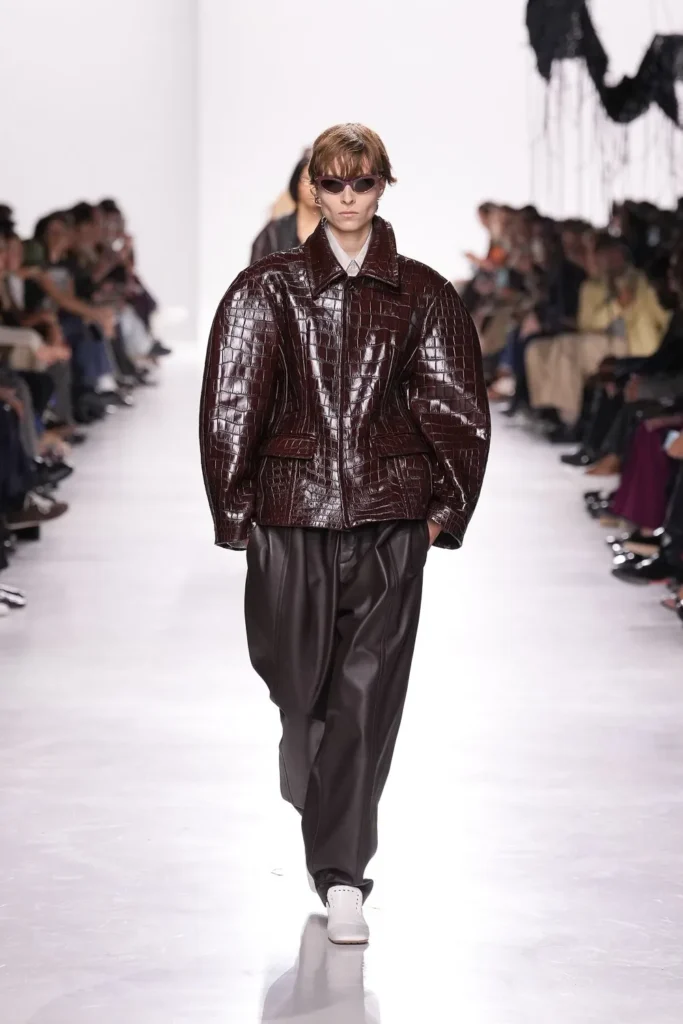
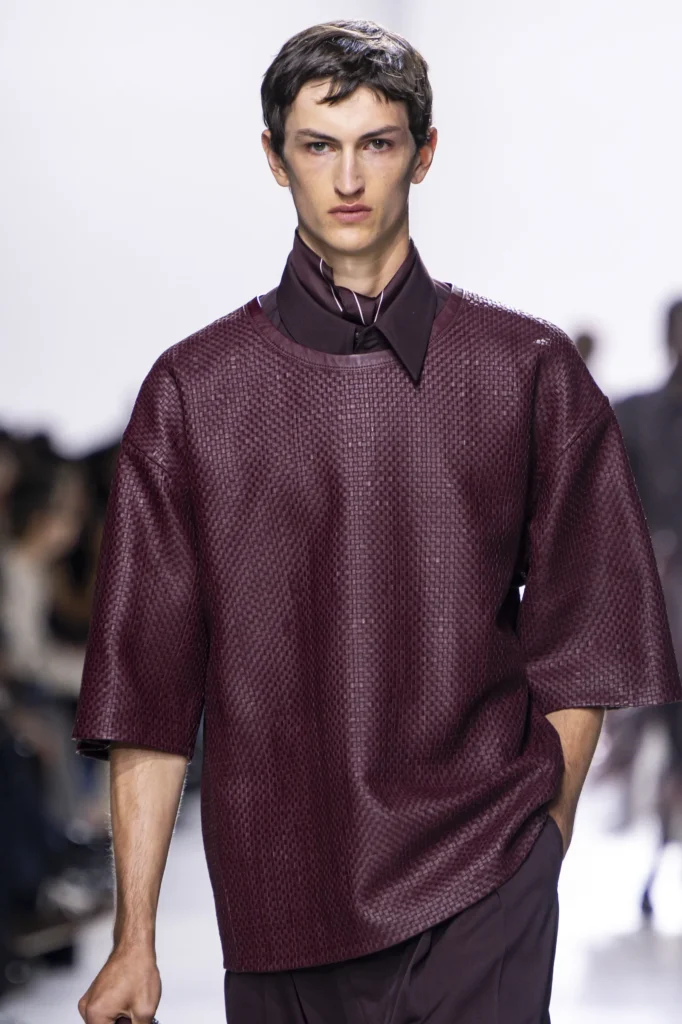
Even more unexpected was the use of recycled fiberglass molded into high-shine sweaters and pencil skirts in ombré red, yellow, and silver-blue. “It has the feeling of fur and it moves like glass,” she said. Silk dresses peeled off the shoulders and floated over too.
The show evolved steadily, just like her personal story. “I arrived in this city that I find quite grey and austere and brutal from an architectural visual viewpoint,” Trotter said. “And slowly, slowly I started to discover the beauty inside and that was something I really wanted to express.” Her time in Venice and Veneto, where Bottega’s artisans work, also shaped her process.
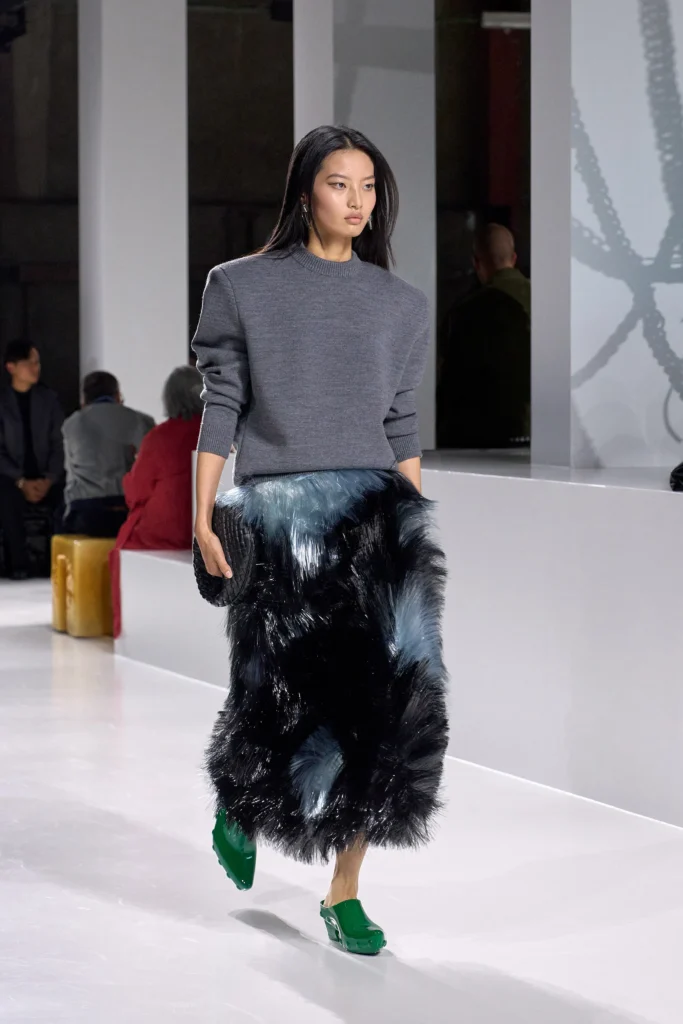
Trotter used recycled fiberglass to create shimmering pieces that looked like fur
The accessories stuck close to Bottega’s roots, too. The Lauren clutch which a piece tied to the house, is slightly upscaled. The Cabat and Knot bags were reimagined in fringe, oversized fur, and blown-out proportions. No logos in sight either.

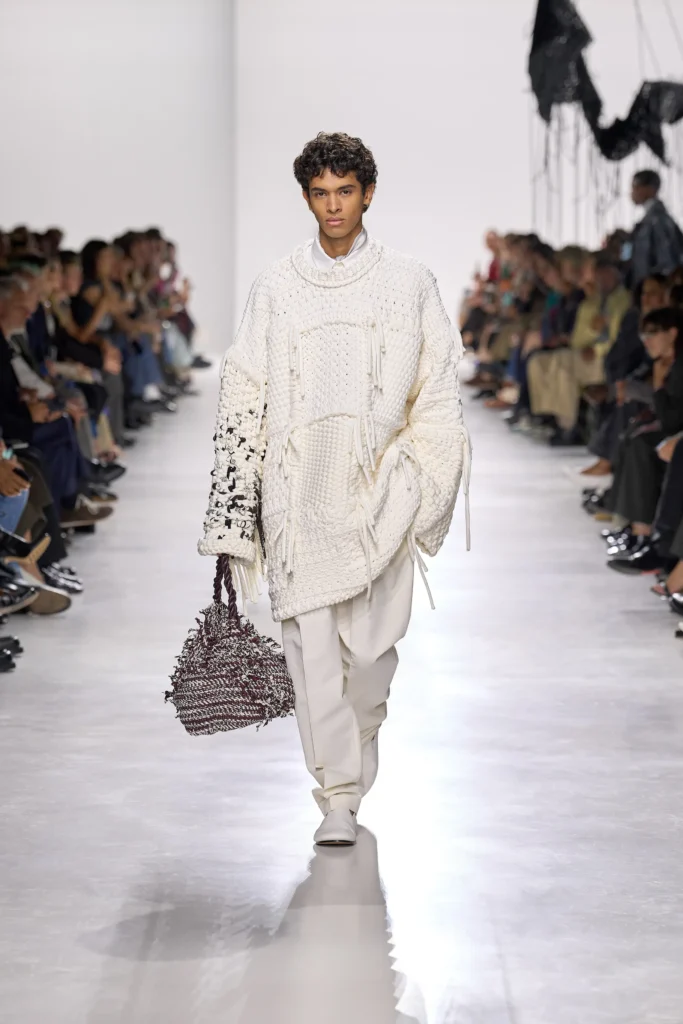
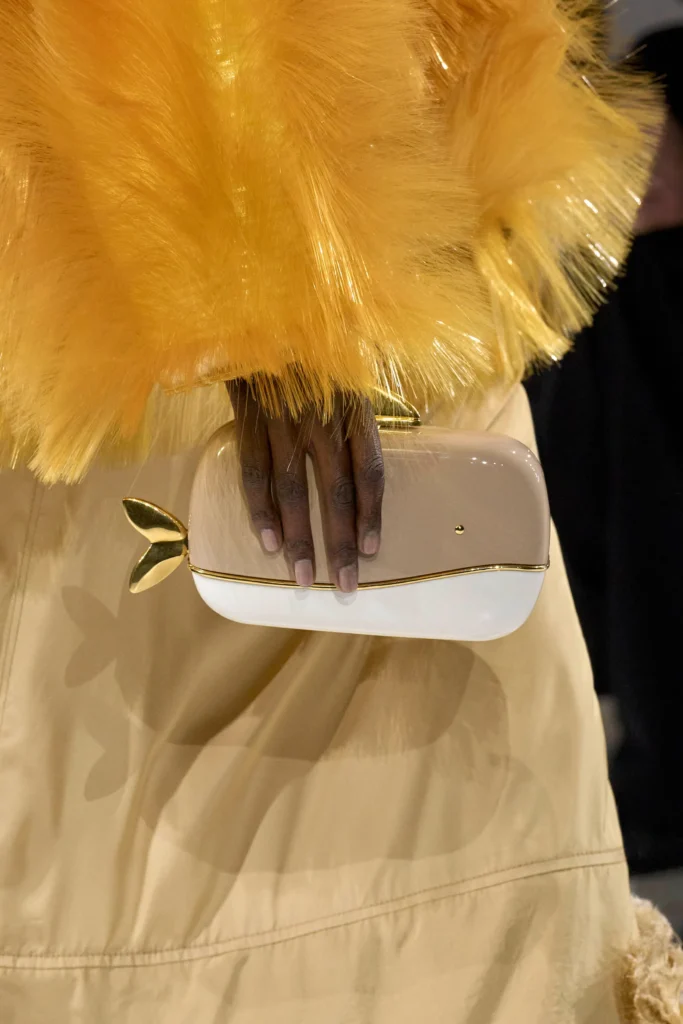

Vogue called it “the strongest debut of Milan Fashion Week.” Edward Buchanan, a former Bottega designer, said, “a woman designer’s perspective really hits different.” Nicole Chapoteau of Vanity Fair described it as “chic tailoring, playful textures and colors with joyful movement.”
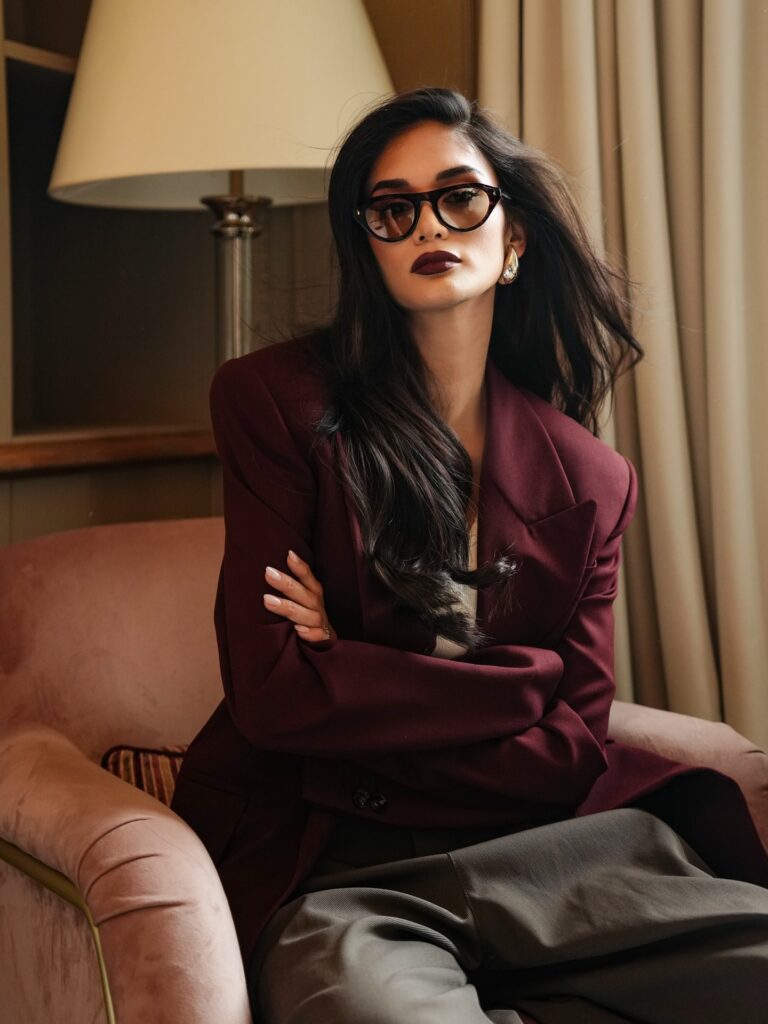

Trotter didn’t try to reset Bottega, but she studied the archives, leaned into the brand’s deep history, and quietly gave it a fresh point-of-view.
Related story: Miranda Priestly crashes Dolce & Gabbana’s S/S26 show—that’s all
Related story: BOSS S/S26 collection ‘Paradox’ turns to contrasts to rethink power dressing
Related story: Fendi Spring 2026 is a gorgeous technicolor fantasy

